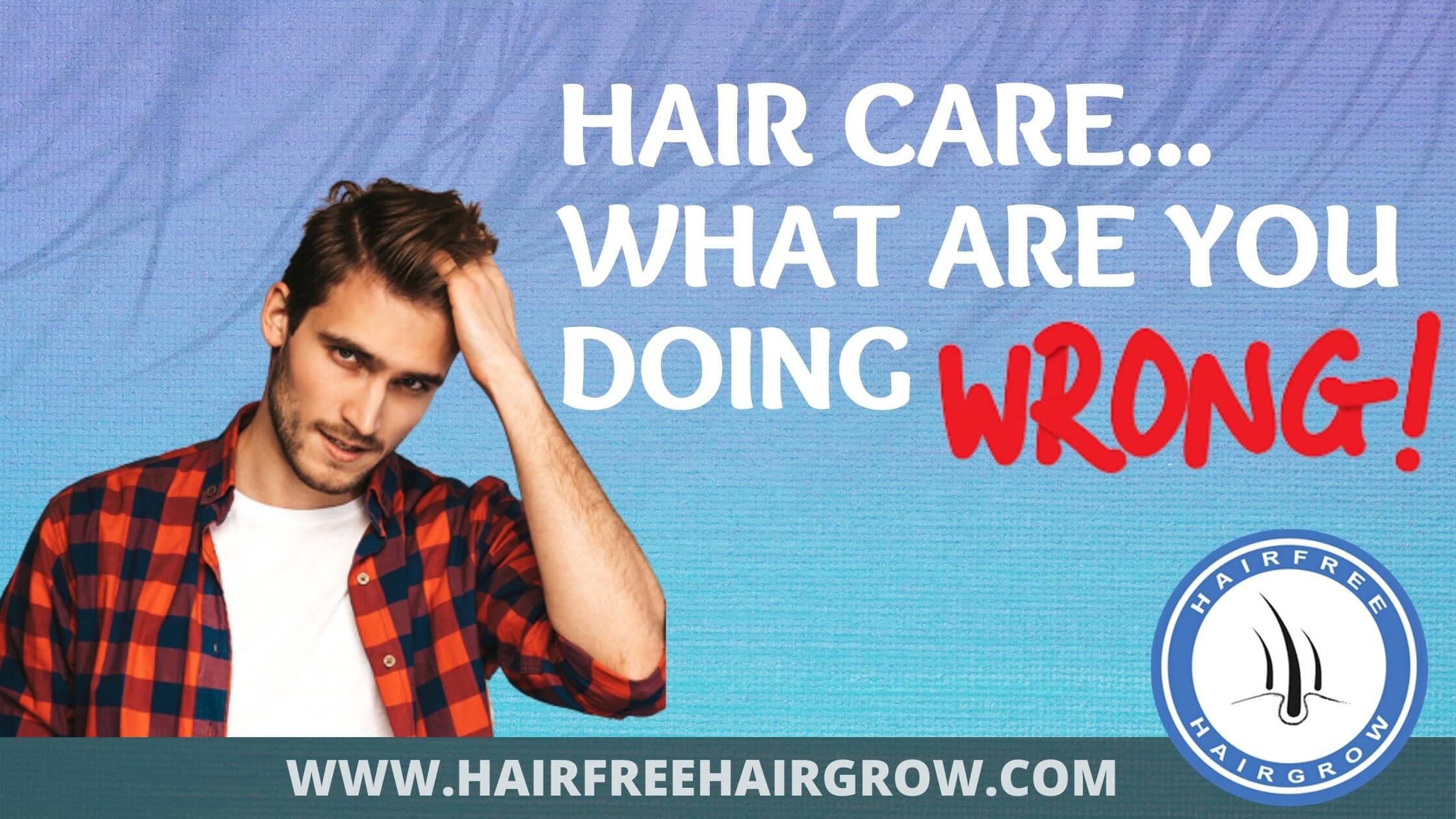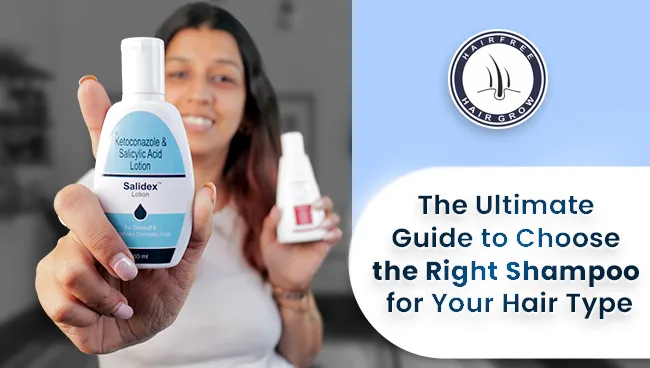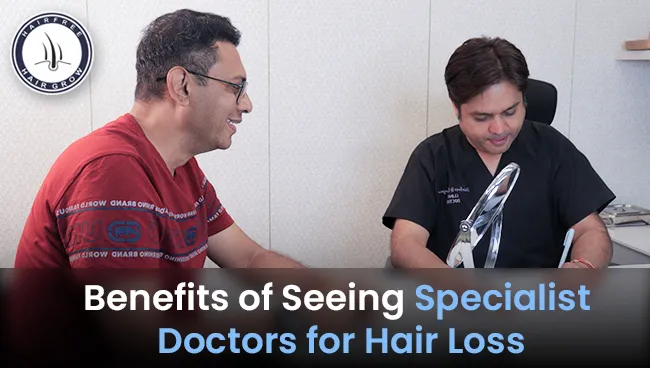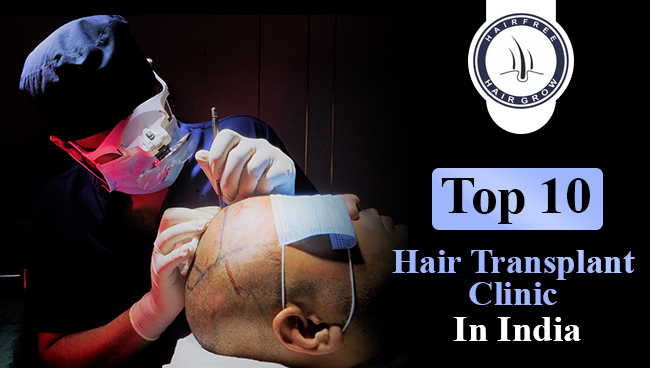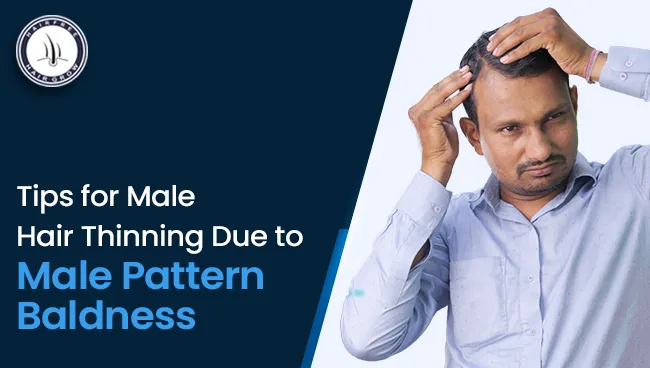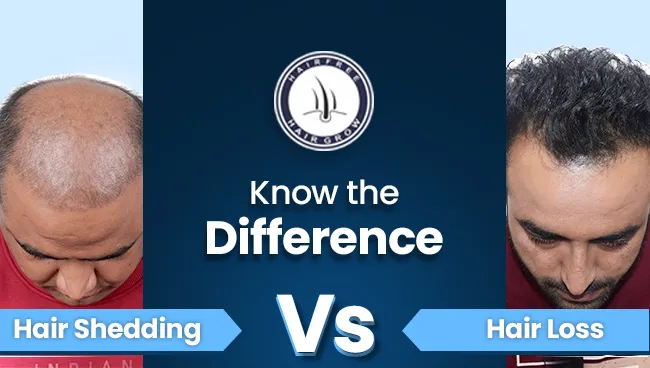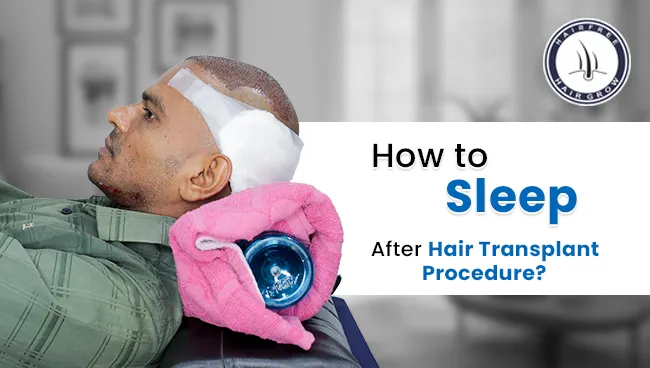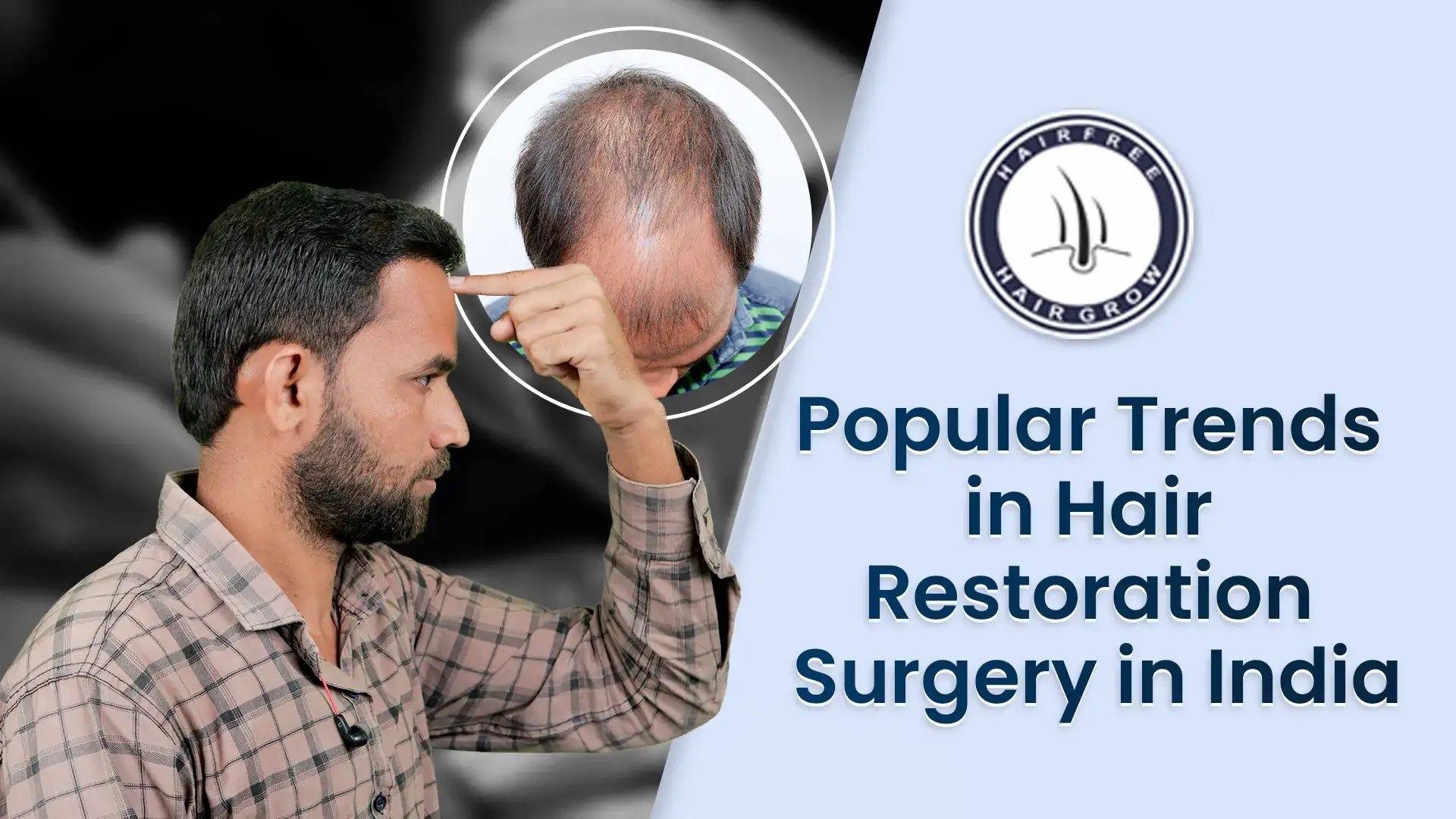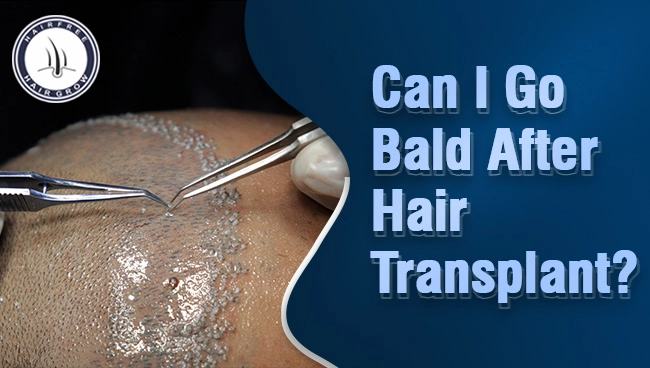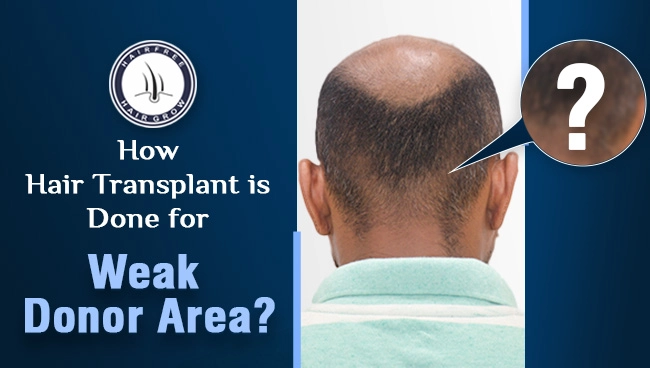Hair Care is a tricky work. It doesn’t take a lot of time but still we forget to do it. And if we do it, we are doing it wrong without knowing it. These can lead to Hair Fall or worse just lead to complete baldness.
Baldness or Hair Loss in general is alarming and looks unattractive. Some people might say looks aren’t everything, sure they aren’t everything. But Looks make you Something amazing. So good Hair is the key to ensure better things in life. But there are some mistakes too that we do when we do our hair care. This articles wishes to enlighten our mistakes and what we should do to ensure that Hair always remains Here with you. The best way for Hair care is to indulge in it daily for about 30 minutes. And for that 30 minutes you have to just think of hair.
Why You Should Not Wash Your Hair Too Often
Washing your hair too often can remove the natural oils that your scalp produces, which can lead to dryness, irritation, and breakage. Overwashing can also strip your hair of its color and shine.
How Overwashing Can Irritate Your Scalp and Make Your Hair Greasy
Washing your hair too frequently can strip it of its natural oils. These natural oils, known as sebum, are essential for keeping your hair and scalp healthy. When you wash your hair too often, you can disrupt the natural balance of sebum production, leading to several issues:
- Scalp Irritation: Overwashing can leave your scalp dry, itchy, and prone to irritation. This can lead to discomfort and even conditions like dandruff.
- Increased Oil Production: Paradoxically, frequent washing can stimulate your scalp to produce more sebum to compensate for the oils lost during washing. This can make your hair greasier than it would be if you washed less frequently.
- Hair Damage: Excessive washing can also make your hair more susceptible to damage, such as split ends and breakage, as it weakens the hair shaft.
How to Choose a Gentle and Suitable Shampoo for Your Hair Type
Shampoo helps in washing away dandruff and other problematic things like fungus which might be present in your scalp. It is highly effective, but you shouldn’t apply it everyday. Choose 3 days in a week for men and 4 days for women. On these days apply a shampoo and let it stay for 4 minutes after applying it, be gentle while rubbing it and rub your sclap and not just your hair. This will deeply cleanse any outer pathogens hurting your hair. Also be careful because industry made shampoos have many known carcinogens and also have sulphate which can harm hair. Using it in right quantity ensures hair longevity.
How Often to Wash Your Hair Depending on Your Hair Texture and Condition
The optimal frequency for washing your hair varies depending on your hair texture and condition. Here are some guidelines to help you determine how often you should wash your hair:
If you have fine hair, it tends to get greasier faster. Washing every 2 to 3 days is generally a good schedule to prevent excessive oil buildup.
Medium to thick hair can go a bit longer between washes, usually around 3 to 4 days. Washing too frequently may strip away natural oils and make your hair dry.
Curly and coarse hair types are often drier, so you can typically wash your hair once a week or even less frequently. Regular conditioning is essential to keep it hydrated.
If your hair is damaged or treated with chemicals, like coloring or straightening, washing every 2 to 3 days might be best. Be sure to use a mild, sulfate-free shampoo to minimize further damage.
You Should Use Conditioner and Hair Mask Regularly
Conditioner and hair mask are two essential hair care products that can help to detangle, hydrate, and repair your hair. Conditioner is a lightweight product that is used after shampooing to help smooth the hair cuticle and add moisture. Hair masks are more intensive products that are used once or twice a week to provide deeper conditioning and nourishment.
How Conditioner and Hair Mask Can Detangle, Hydrate, and Repair Your Hair
Conditioner and hair masks work by coating the hair shaft and filling in any gaps in the cuticle. This helps to smooth the hair and reduce friction, making it easier to detangle and comb. Conditioner and hair masks also contain moisturizing ingredients, such as glycerin and panthenol, which help to hydrate the hair and prevent dryness and breakage. Additionally, some hair masks contain ingredients that can help to repair damaged hair, such as keratin and ceramides.
How to Apply Conditioner and Hair Mask Correctly for Optimal Results
To apply conditioner correctly, simply apply a generous amount to your hair, focusing on the mid-lengths and ends. Avoid applying conditioner to your scalp, as this can make your hair look greasy. Leave the conditioner in for a few minutes before rinsing it out with cool water.
To apply a hair mask, follow these steps:
- Shampoo your hair as usual.
- Apply a generous amount of hair mask to your hair, focusing on the mid-lengths and ends.
- Comb your hair through to distribute the mask evenly.
- Put on a shower cap or plastic wrap to trap the heat and help the mask absorb into your hair.
- Leave the mask on for the amount of time specified on the product label. Most hair masks should be left on for at least 20 minutes.
- Rinse the mask out thoroughly with cool water.
How to Choose the Best Conditioner and Hair Mask for Your Hair Needs
When choosing a conditioner and hair mask, it is important to consider your hair type and needs. If you have dry hair, look for products that are hydrating and contain ingredients such as glycerin and panthenol. If you have oily hair, look for products that are lightweight and non-comedogenic. If you have damaged hair, look for products that contain repairing ingredients such as keratin and ceramides.
Here are some additional tips for choosing the right conditioner and hair mask:
- Read the product label carefully to make sure that the product is appropriate for your hair type and needs.
- Avoid products that contain harsh chemicals, such as sulfates and parabens.
- Look for products that are made with natural ingredients.
- Ask your hairstylist for recommendations.
You Should Take Care of Your Scalp as Well as Your Hair
How a Healthy Scalp Can Promote Hair Growth and Volume
Your scalp is the skin on your head. It is important to take care of your scalp because it is responsible for hair growth. A healthy scalp will help promote hair growth and volume.
A healthy scalp is free of dandruff, itching, and flaking. It is also well-hydrated and nourished. When your scalp is healthy, your hair follicles can produce healthy hair.
How to Use a Scalp Scrub and a Scalp Serum to Exfoliate and Nourish Your Scalp
A scalp scrub can help to remove dead skin cells and product buildup from your scalp. This can help to unclog your hair follicles and promote hair growth. A scalp serum can help to nourish your scalp and hair follicles. It can also help to soothe irritation and reduce inflammation.
To use a scalp scrub, apply it to your wet scalp and massage it gently for a few minutes. Then, rinse it out thoroughly. To use a scalp serum, apply it to your dry scalp.
How to Avoid Dandruff, Itching, and Flaking by Using Anti-Dandruff Treatments
Dandruff, itching, and flaking can be caused by a variety of factors, such as dry skin, eczema, and psoriasis. If you experience any of these problems, it is important to use an anti-dandruff treatment.
Anti-dandruff treatments can help to remove dandruff flakes and soothe irritation. They can also help to prevent dandruff from coming back.
Here are some tips for taking care of your scalp:
- Wash your hair regularly, but not too often. Washing your hair too often can strip your scalp of its natural oils.
- Use a gentle shampoo and conditioner. Avoid products that contain harsh chemicals or sulfates.
- Massage your scalp regularly. This can help to improve circulation and promote hair growth.
- Use a scalp scrub once or twice a week to remove dead skin cells and product buildup.
- Use a scalp serum to nourish your scalp and hair follicles.
- Avoid scratching your scalp. Scratching can irritate your scalp and lead to dandruff.
- If you have dandruff, use an anti-dandruff treatment.
You Should Avoid Brushing or Combing Wet Hair
How Wet Hair Is More Fragile and Prone to Breakage
Wet hair is very fragile. If you try to comb it or try to rearrange it, it can cause hair breakage. Also after a bath you should let your hair dry naturally, or else just lightly touch your towel on your hair, don’t be rough with it. Because hair breakage while wet can cause uneven breakage which can if done several times lead to Hair never growing again, and be a major factor of Baldness.
How to Gently Towel Dry or Air Dry Your Hair Before Detangling
- Use a soft, microfiber towel or old t-shirt. Regular cotton towels can be too rough and cause breakage.
- Gently blot and squeeze your hair to remove excess water. Avoid rubbing or wringing your hair, as this can damage it.
- If you have long hair, you can wrap it in a microfiber towel turban for 10-15 minutes. This will help to absorb even more water.
- If you are air drying your hair, let it dry completely before detangling. Wet hair is more fragile and prone to breakage.
How to Use a Wide-Tooth Comb or a Soft Brush to Prevent Damage
- Start at the ends of your hair and work your way up to the roots. This will help to prevent tangles from pulling and damaging your hair.
- Use a gentle detangling motion. Avoid brushing too vigorously, as this can cause breakage.
- If you have curly hair, you can use a wide-tooth comb or detangling brush specifically designed for curly hair. These tools are designed to minimize frizz and breakage.
You Should Minimize Heat Styling and Protect Your Hair from Heat Damage
How Heat Styling Can Dry Out, Burn, and Split Your Hair
Your hair is beautiful the way it is. If it is naturally curly and you try to remove it out with an iron curler then it can harm your hair. Your blower can also harm your hair if you use it for a long time. Electric instruments can help fix your hair quick, but quickness also brings problems. So use them, but wisely. Reducing their usage can help your hair a lot.
How to Use a Heat Protectant Spray or Cream Before Using Any Heating Appliances
- Choose a heat protectant product that is appropriate for your hair type and styling needs. There are a variety of heat protectant products available, including sprays, creams, and serums. Some products are specifically designed for certain hair types, such as fine, curly, or damaged hair.
- Apply the heat protectant product to your hair before using any heat styling tools. Be sure to apply the product evenly to all sections of your hair, including the roots and ends.
- Allow the heat protectant product to dry completely before using any heat styling tools. This will ensure that your hair is protected from the heat.
How to Choose the Right Temperature and Time for Your Hair Type and Style
- Fine hair: Use a lower temperature and shorter styling time.
- Medium hair: Use a medium temperature and medium styling time.
- Thick hair: Use a higher temperature and longer styling time.
- Curly hair: Use a lower temperature and shorter styling time.
- Damaged hair: Use a lower temperature and shorter styling time.
You Should Not Wear the Same Hairstyle Every Day
How Tight or Repetitive Hairstyles Can Cause Traction Alopecia and Split Ends
Wearing the same hairstyle every day can put stress on your hair, leading to breakage and other problems. This is especially true if you wear your hair in tight or repetitive styles, such as a high ponytail or bun.
One of the biggest risks of wearing the same hairstyle every day is traction alopecia. This is a type of hair loss that is caused by pulling or tugging on the hair. Traction alopecia can lead to bald patches or thinning hair.
Another risk of wearing the same hairstyle every day is split ends. Split ends occur when the hair shaft splits into two or more strands. Split ends can make your hair look dry and damaged.
How to Vary Your Hairstyles and Use Good-Quality Fabric Hair Elastics
There are a few things you can do to reduce the risk of hair damage from repetitive hairstyles:
- Vary your hairstyles throughout the week. Try different styles, such as braids, twists, and loose buns.
- Use good-quality fabric hair elastics. Avoid using metal hair ties, as they can damage your hair.
- When styling your hair, avoid pulling it too tightly.
- If you have long hair, try to wear it down more often. This will give your scalp a break from the stress of tight hairstyles.
How to Give Your Hair a Break from Styling and Let It Loose Occasionally
It is also important to give your hair a break from styling occasionally. This means letting your hair down and not using any heat styling tools.
Here are a few tips for giving your hair a break:
- Let your hair air dry after washing it.
- Use a wide-tooth comb to detangle your hair.
- Avoid using heat styling tools, such as flat irons and curling irons.
- Wear your hair in loose, protective styles, such as braids or twists.
By following these tips, you can help to keep your hair healthy and prevent damage from repetitive hairstyles.
Not asking help when needed
Once you feel your hair is falling too much, you should always ask for help. Even if you are just doubtful about hair fall and notice a slight increase in it, you should consult a doctor. Don’t heed what is written online as that can because you to believe what you don’t have, but always clear your query with doctors.
And for everything else Hair Free and Hair Grow is always there for you. Best Hair Care with both Surgical and Non-Surgical techniques to ensure you get the best Hair Line
Be Care Free and let HairFree and HairGrow care and grow your hair freely
-HairFree HairGrow is one of the top Hair Transplant Clinic in Bhopal, Pune, Surat, Ahmedabad, Mumbai, Kolkata, Gurugram, and Nashik.
-Visit Now and Consult for any type of hair/Skin problem. For Consultation, Call/WhatsApp on: +91 72 72 83 2222

